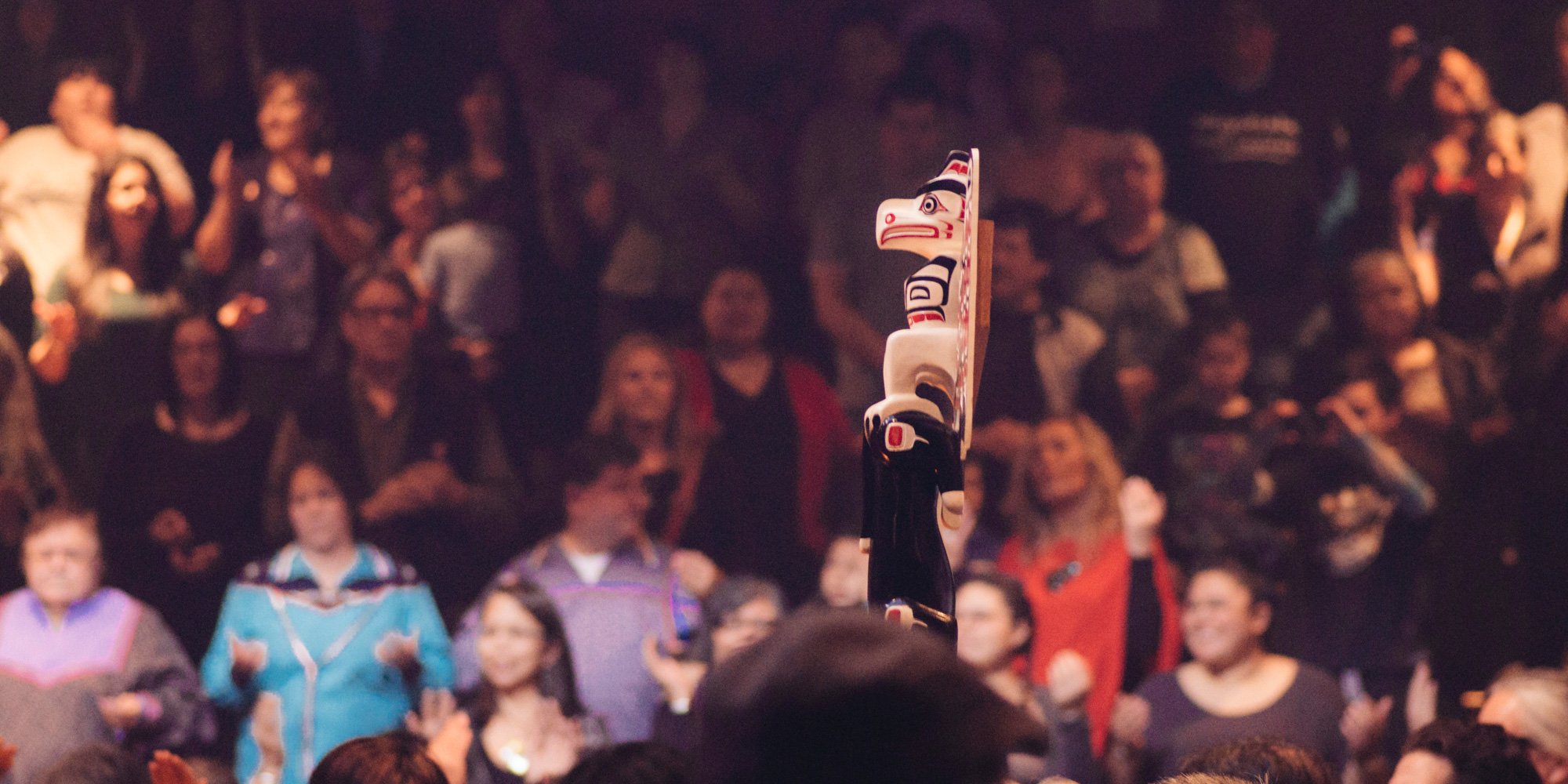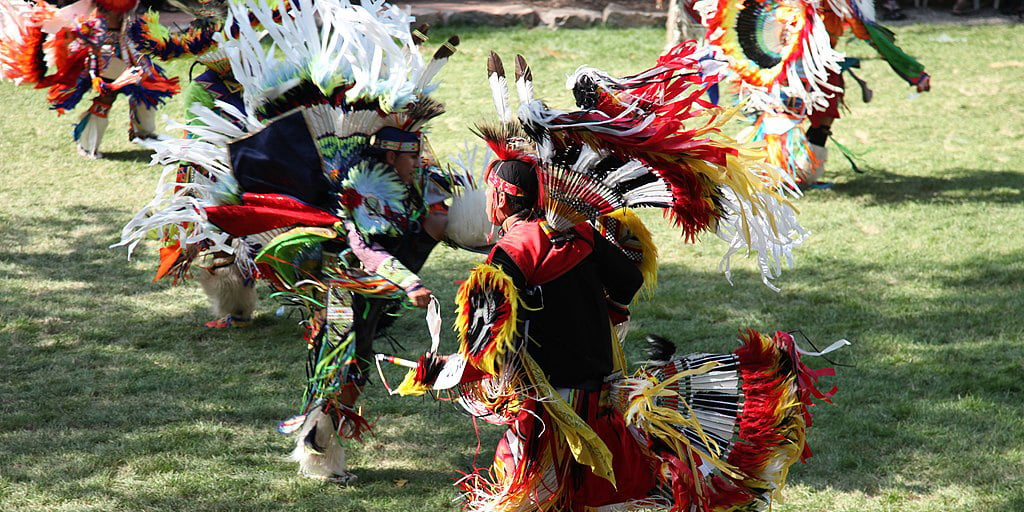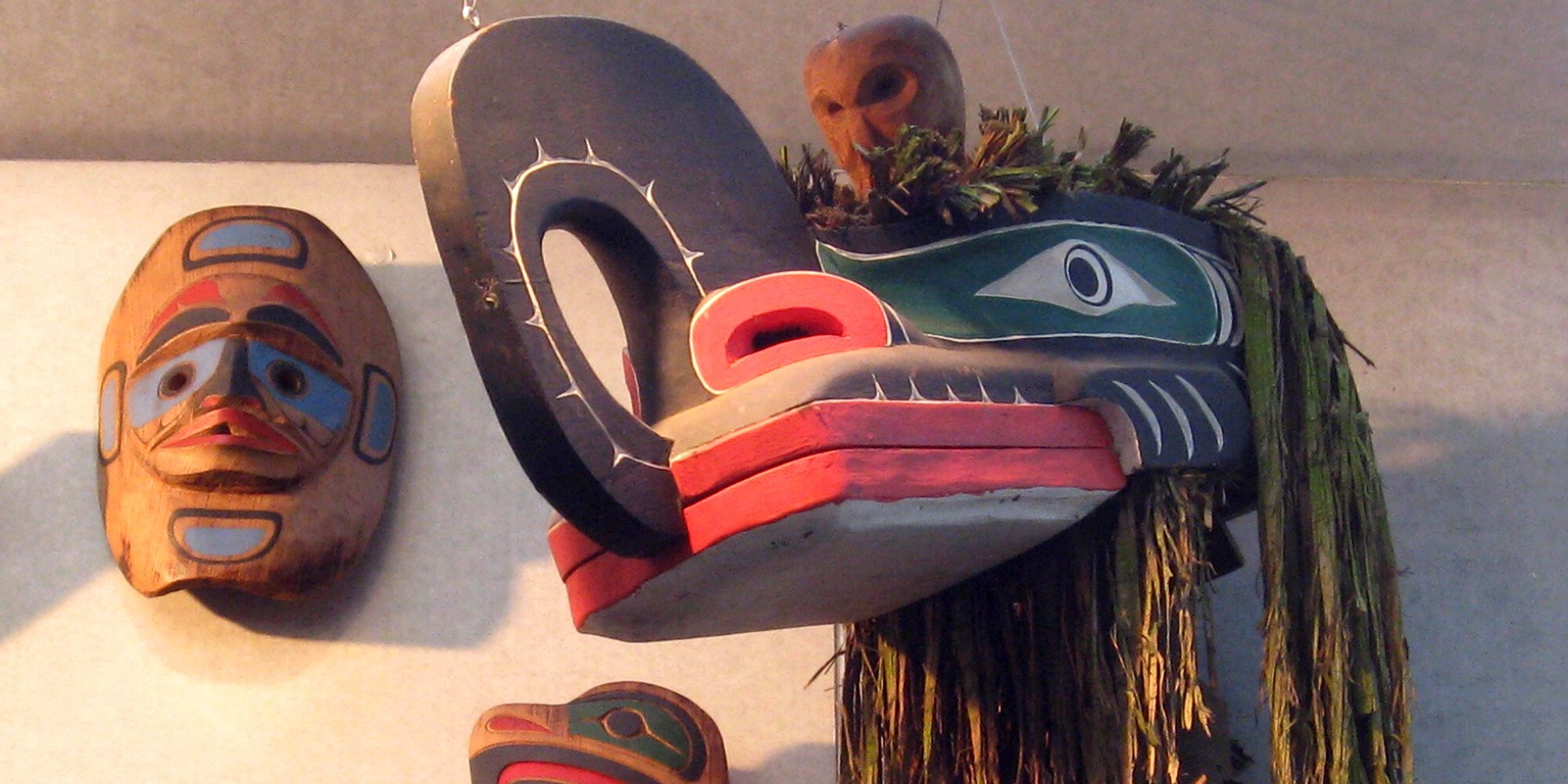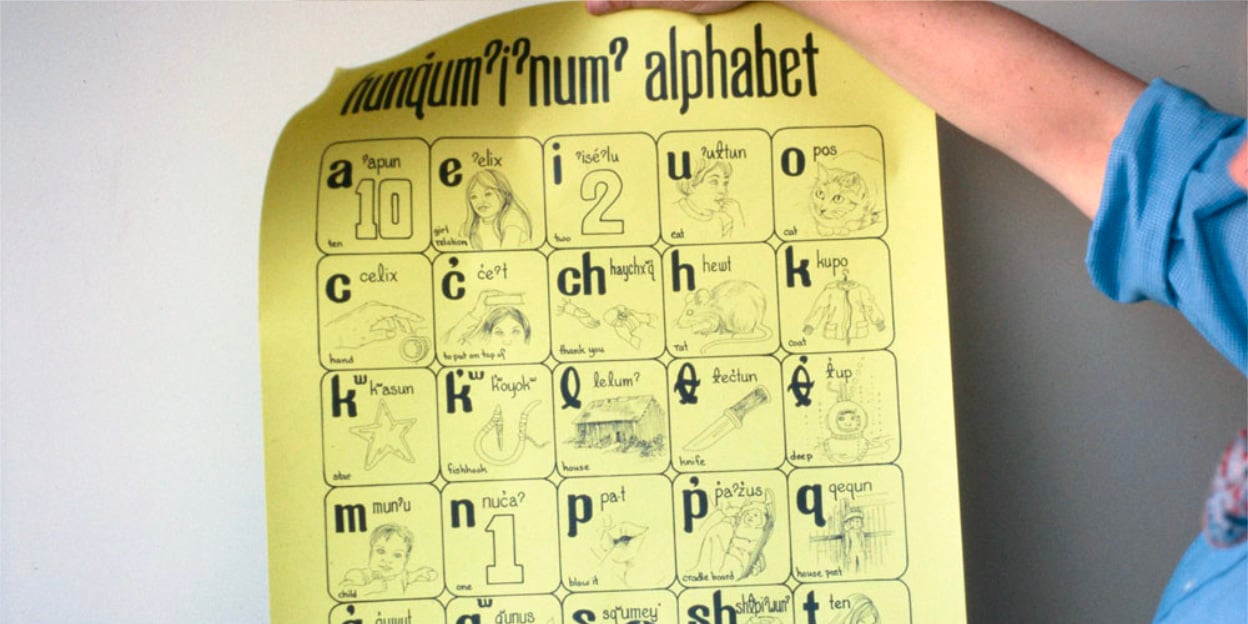Why Continuity of Indigenous Cultural Identity Is Critical
We all belong to some form of culture and identify with that culture to varying degrees. Our understanding of our own cultural identity begins at...

A reader recently asked us a question about talking sticks. We changed the question a little so as to preserve the confidentiality of the questioner.
We don’t normally answer questions from readers of our blog because, with over 100,000 visitors monthly, doing so would require a small army! We do try to write blog articles that cover a wide variety of Indigenous-related topics that we hope provide practical information to those who are on a journey of reconciliation, have run into a situation that might be new to them or are just interested in learning. But, this particular question about talking sticks is one that hit home as Bob Joseph, President of Indigenous Corporate Training Inc., comes from a culture that incorporates the use of talking sticks.
We are scheduled to have an event here soon, and we would like to ask a question. I saw your blog post on Talking Stick protocol. I am organizing an event for later this month. One of the team members (non-Indigenous) wants to open the meeting with a talking stick exercise. This team member wants to talk about the history of the talking stick (from info that we will research from the internet), and then have groups decorate a couple of sticks that will be used for following group discussions. I am interested in your opinion on this exercise. Do you think it sounds inappropriate? I'm not sure who else to ask.
In answering this question we decided to compile a few thoughts for consideration:
Not every culture in Canada uses a talking stick, there are 11 major language families
Cultures that don’t have talking sticks have other protocols for communication
Crests on talking sticks are usually owned by a family and families defend the use of their crests the way Coca-Cola defends its brand
Each crest has a history/story
Talking sticks are one of the most ceremonial symbols used in potlatches
There is strict protocol surrounding the usage of images within the community
There are rules and protocols for how the images appear, where they appear, and in what order they appear, and how they appear
The type of wood used is symbolic
The colours used are symbolic
Here are two articles that provide some background on talking sticks.
Here’s an analogous situation: consider the Mace of Parliament. The mace is one of the most important ceremonial symbols inherited from the British parliamentary tradition, it is ornate, rich in history and tradition. Would it be ok for a person to hold a meeting, provide materials and ask everyone to create their own mace, decorate it, and use it to open or run meetings?
In the spirit of reconciliation, we say it would be great if someone was willing to do the research and talk about their understanding of the talking stick. It would also be great to incorporate some research on the appropriate use of culturally significant items. As for creating and painting talking sticks for use at the meeting, I may wish to avoid this step and offer a suggestion of following a similar approach to the ideas behind the talking stick.
It’s really great to see non-Indigenous people recognizing and appreciating the wisdom and value of Indigenous cultural practices. Keep being curious and continue learning and I’ll do the same.
Featured photo: Joseph talking stick. Photo: Bob Joseph.

We all belong to some form of culture and identify with that culture to varying degrees. Our understanding of our own cultural identity begins at...

Anishinaabe, Métis, Coastal Salish, Cree, Cherokee. We have nothing much in common. We’re all aboriginal and we have the drum. That’s about it. ...

Indigenous languages the world over are in jeopardy. So much so that the United Nations declared 2019 the International Year of Indigenous Languages...